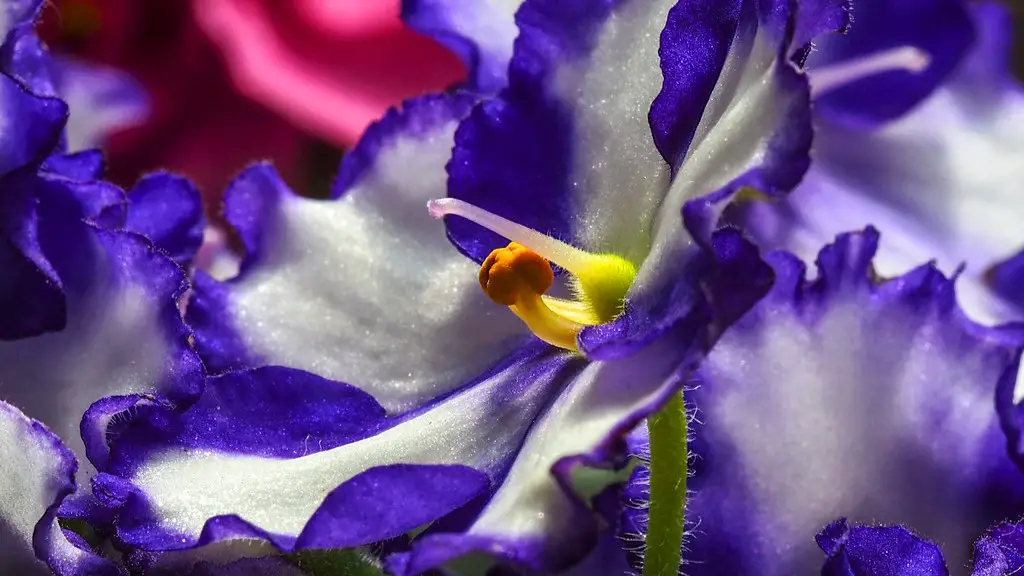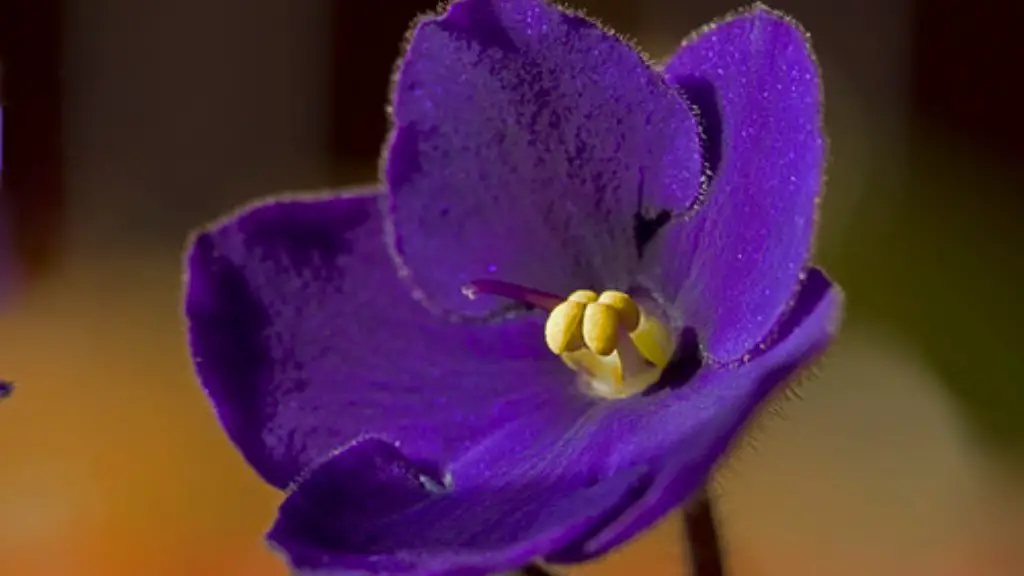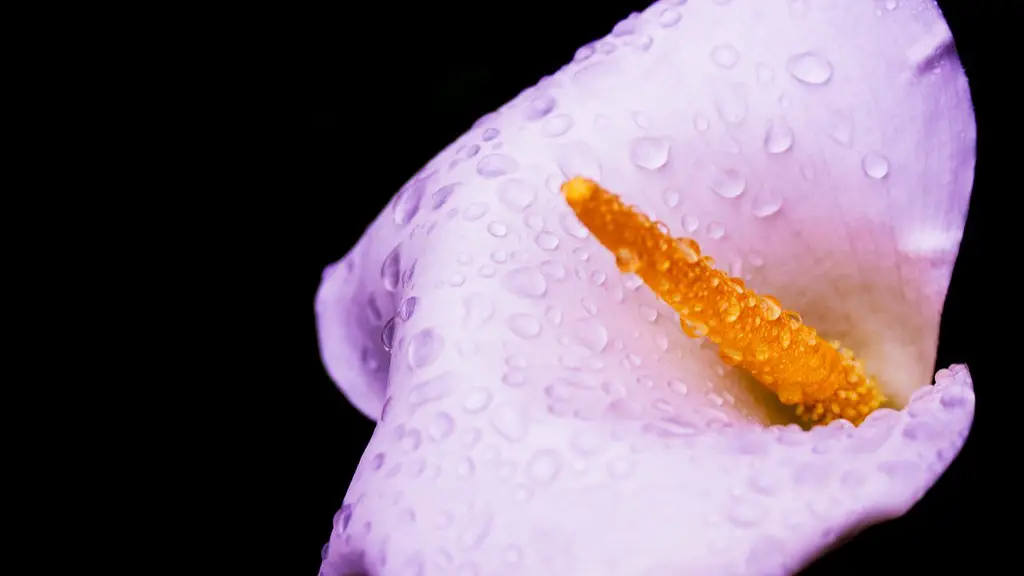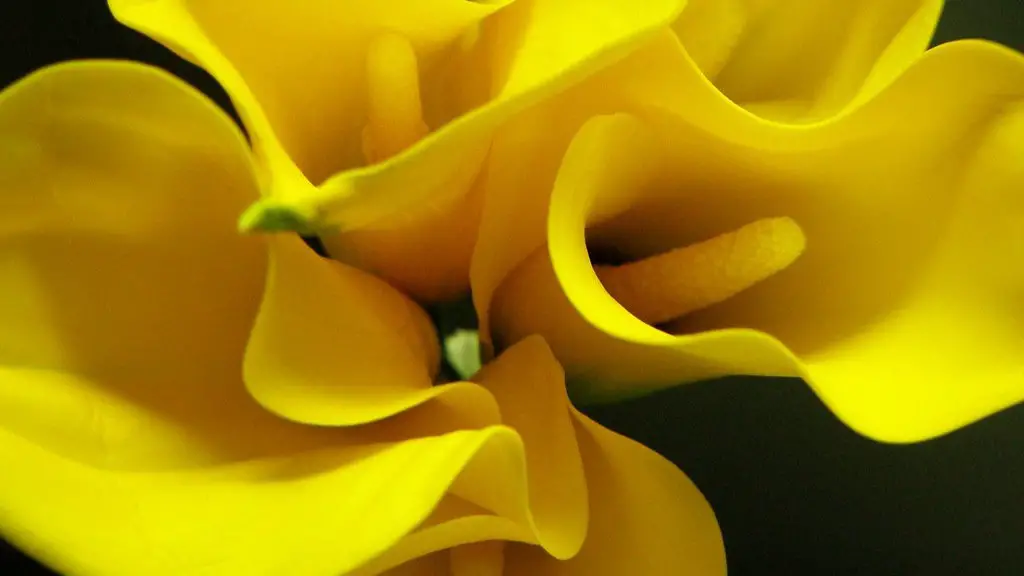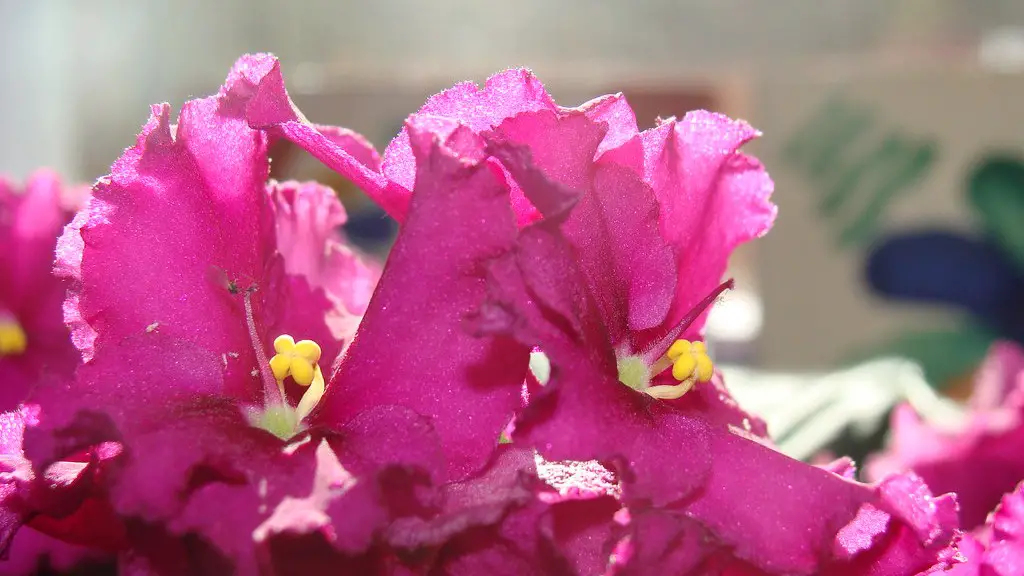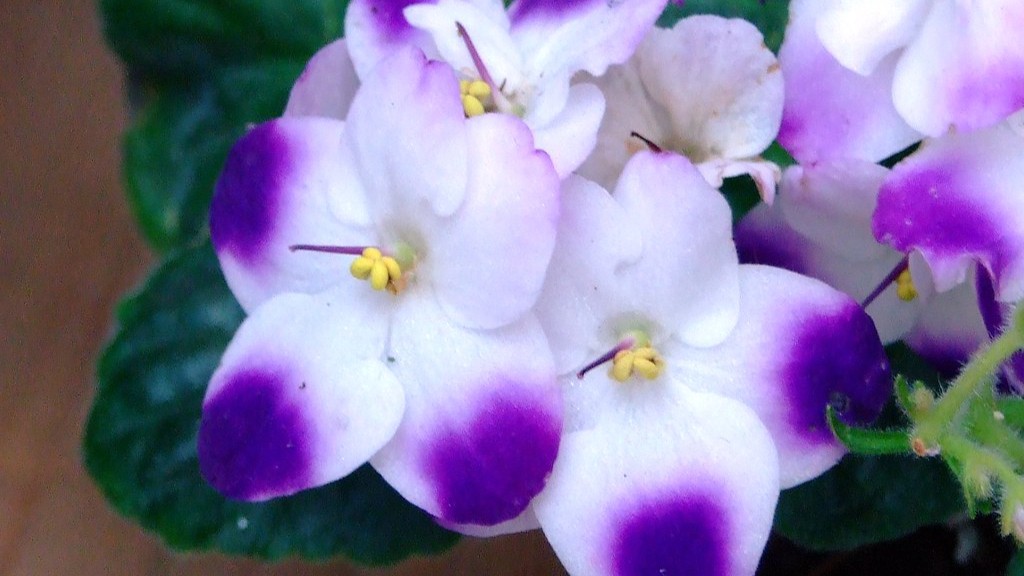Different people have different ideas about the best way to take care of African violets in general, and there are even a few different ways to went about caring for them in a glass bowl. The most important thing, no matter what method you choose, is to make sure that the bowl is big enough for the roots of the plant and that the bowl has a drainage hole in the bottom. African violets need to be watered regularly, but they don’t like to sit in water, so the drainage hole is essential. You can also add a layer of gravel to the bottom of the bowl to help with drainage.
First, you will need to find a glass bowl that is large enough to fit your African violet. The bowl should be deep enough so that the roots of the African violet can grow without being crammed. You will also need to find a way to place the bowl so that it gets enough light. A windowsill is a good place for this.
Once you have found the perfect bowl and location, you will need to fill the bowl with African violet potting mix. You can find this at a local nursery or online. Make sure to water the potting mix before adding your African violet.
To plant your African violet, gently remove it from its current pot. Carefully loosen the roots and then place the plant in the center of the glass bowl. Fill in around the plant with more potting mix, and then water again.
Now that your African violet is all set up, you just need to keep an eye on it and water as needed. The potting mix should be kept moist, but not soggy. These easy-to-care-for plants make a great addition to any home.
Should African violets be watered from the top or bottom?
African violets are lovely plants that can brighten up any room. They are relatively easy to care for, and can be watered from the top or bottom. It is important not to use cold water, as this can shock the plant. Lukewarm or warm water is best. If you water from the top, be careful not to get water on the leaves when the plant is in the sun. This can cause leaf spots.
It’s important to not mist the foliage of African violets, as water on the leaves may cause permanent leaf spotting. Use room-temperature water instead, and be careful not to saturate the crown of the plant (the section at soil level), as this can lead to crown rot.
How often do you water an African violet
A wicking system is a great way to make sure your African violets are never over watered. The way it works is you place a wick in the bottom of the pot and then fill the pot with water. The wick will then draw the water up into the pot, keeping the soil moist.
African violets are typically best watered from the bottom up. This means placing the plant in a shallow tray of water for 30 minutes and allowing the soil to soak up the water through the drainage holes at the bottom of the pot. This method helps to prevent water from getting on the leaves of the plant, which can cause them to rot.
Can I water African violets with tap water?
If you’re not sure about the quality of your tap water, it’s best to err on the side of caution and use filtered or distilled water for your African violets. Chlorine, chloramines, and dissolved solids can all adversely affect your plants, so it’s best to avoid them if possible.
It’s best to let your African violet’s water sit for 24-48 hours before giving it to your plant, but if you can’t, then let it stand for at least an hour. This will ensure that the water is either tepid or at room temperature, as your plant is finicky about its water.
Where is the best place to put an African violet?
To get the best color and blooms from your plants, grow them in bright, indirect light. A plant stand three feet away from a west- or south-facing window is an ideal location. Plants will still grow when situated right beside north- or east-facing windows, but leaves will be thin and spindly, and plants less likely to bloom.
Houseplants are a great way to spruce up your home, but it’s important to know how to care for them. They prefer bright, indirect sun. Too little sunlight causes them to stretch for the light and produce few or no flowers; too much sun can burn the leaves. An east-facing window is ideal, especially with a sheer curtain to block the sun’s harshest rays. They also need eight hours of darkness every night.
Do African violets like their leaves wet
The answer is yes you can get African violet leaves with not a problem at all however You must use a pot that has drainage holes and make sure the potting mix is moist but not soggy.
African Violets need regular fertilization to stay healthy throughout the year. In the spring and summer, fertilize the plants once every two weeks. In the fall and winter, do not fertilize the plants to prevent over-fertilizing.
Why wont my African violets get wet?
Violets are highly susceptible to a number of deadly pathogens if their crown leaves are excessively moist. These pathogens include Crown Rot and Pythium. Brown or yellow leaf spots are much less serious, but can still be alarming. These spots result from leaving water on the leaves.
It’s best to avoid using ice cubes to water your African violets. The cold water can damage the plants, causing them to discolor. Room temperature water is the best way to keep your violets healthy and hydrated.
Do African violets like bigger pots
African violets do best when they are slightly pot-bound, so choose a pot that’s on the smaller side. Professional Tip: If you have a standard African violet plant, your starter pot should be about 3-4 inches in diameter.
Deadheading is the process of removing spent blooms from a plant. This allows the plant to continue to put energy into creating more buds/blooms and beautiful foliage. African violets are known for their vibrant blooms, so deadheading is a great way to keep them looking their best. To deadhead an African violet, simply pinch or snip off the spent bloom at the base of the plant.
How many hours of darkness do African violets need?
If you want your African violet to produce flowers, it is important to give it at least eight hours of darkness every day. This can be accomplished by putting the plant in a dark room or closet at night, or by covering it with a dark cloth.
Coffee grounds are a naturally acidic substance, so using them to water plants that prefer acidic soil can be a helpful way to maintain the correct pH balance for those plants. Additionally, coffee grounds can help to fertilize the soil and provide additional nutrients for the plants.
Conclusion
Use a clean glass bowl that is large enough to accommodate the African violet’s root ball. Fill the bowl with lukewarm water until the root ball is completely submerged. Allow the African violet to soak for 15 minutes, then remove it from the bowl and allow it to drain. Fill the bowl with fresh, clean water and repeat the soaking process every week.
If you follow the basic tips for caring for African violets in a glass bowl, you should have success. Be sure to use a light, well-drained potting mix and water regularly, allowing the soil to dry out somewhat between watering. Fertilize monthly with a half-strength African violet fertilizer. Place the bowl in a bright spot, but out of direct sunlight. Lastly, give your African violet plenty of humidity by misting it every day or setting the bowl on a tray of pebbles and water. With a little TLC, your African violet should thrive in a glass bowl.
